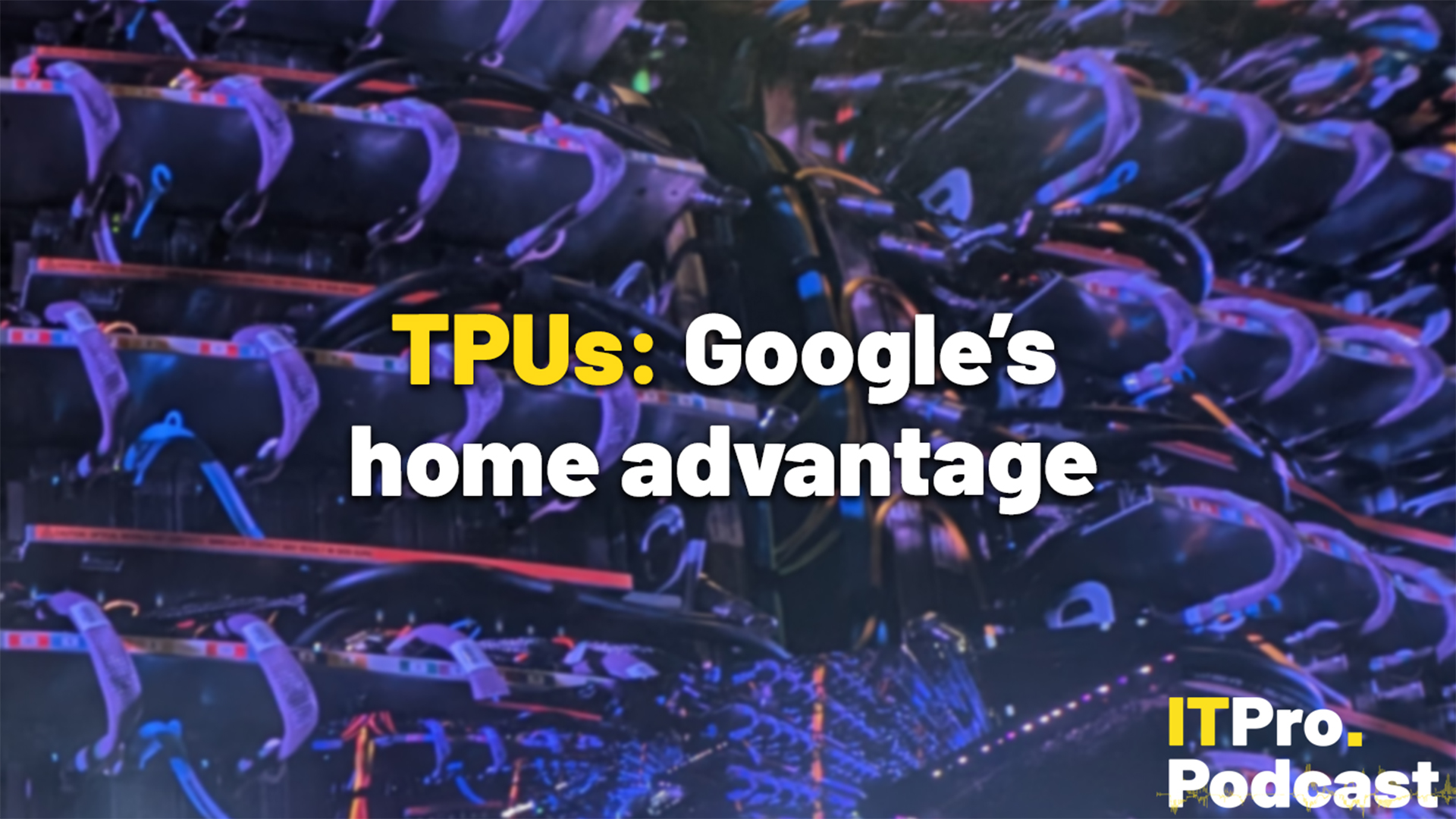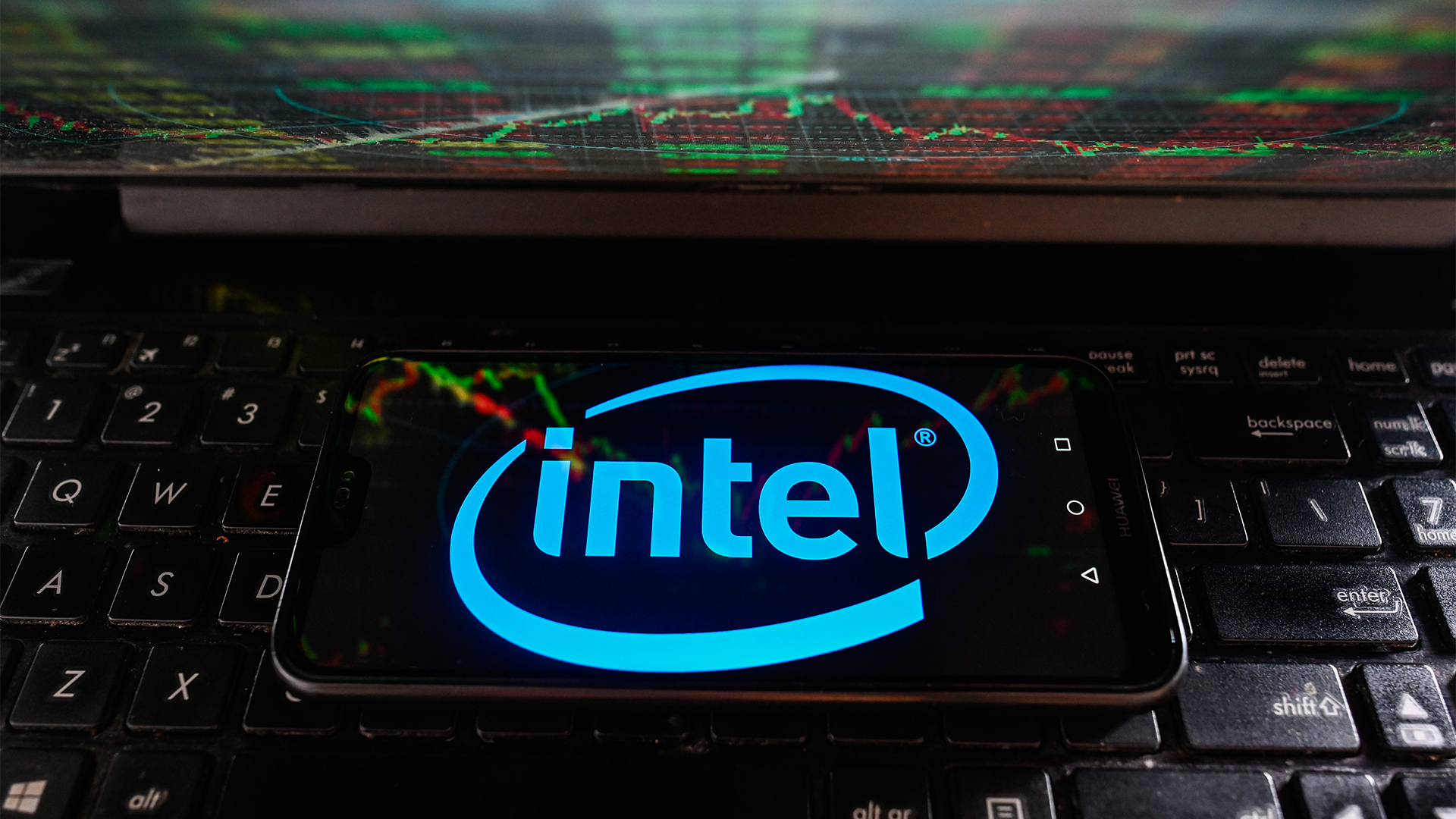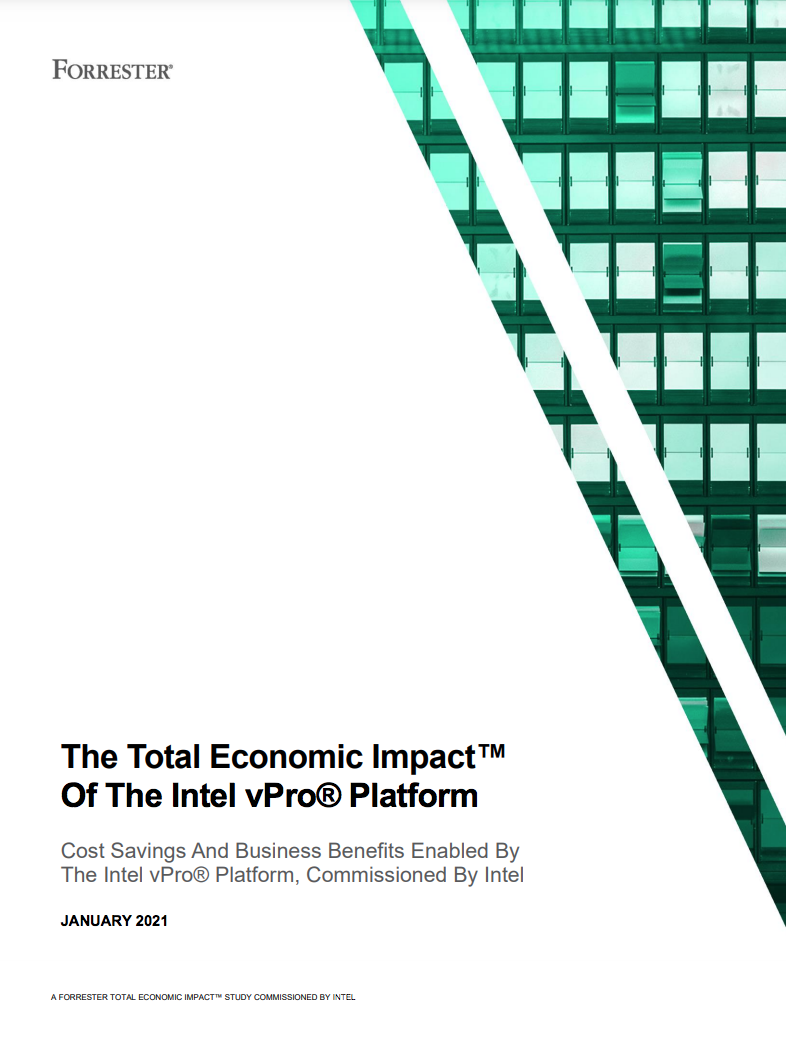Intel CTO: Open source ecosystem is “poorly written”
Chipmaker calls on industry to improve contributions


Intel’s new CTO Greg Lavender has decried the overall quality of code within the open source ecosystem, arguing that the industry at large needs to get better at the contributions it makes to the Linux kernel.
“Here’s an interesting fact I’ve learned at Intel after 11 months,” he said; “there’s a huge amount of the open source ecosystem that is just poorly written. They do bad thread-locking, they do spin locks that waste CPU cycles and burn power.”
RELATED RESOURCE

“The whole industry, I think, could contribute a lot better quality code into the open source ecosystem, and that’s what we want to do with the Linux kernel in particular, and make it more resilient to badly-written code in the application layer.”
He also committed to helping address the problem through Intel’s own development efforts. The company has been the largest contributor to the Linux open source ecosystem for several years, and Lavender has been busily hiring open source luminaries from the likes of Apple and Netflix to help achieve this.
The comments came as part of Intel Vision 2022, where the company shared updates on its strategy and roadmap with customers and partners. Along with various announcements around new data centre GPUs and a new 12th-generation workstation chip, a large part of the conference focused on Intel’s new “software-first strategy”.
As part of this effort, the chip manufacturer bought Granulate last month, a company focused on automatic optimisation of Linux-based server processes, and CEO Pat Gelsinger has promised that more acquisitions are coming.
“So I acquired [industrial Linux specialists] Linutronix back in February,” Lavender said, “but we keep them independent; still driving the open source Linux ecosystem, not polluting it. But at the same time, we want to drive more real-time Linux capabilities because for the edge and automotive industry and other places, that’s a good investment to make.”
Sign up today and you will receive a free copy of our Future Focus 2025 report - the leading guidance on AI, cybersecurity and other IT challenges as per 700+ senior executives
“Our open source commitment is back. I brought it back, Pat brought it back, and you’ll see a lot more from us.”
Adam Shepherd has been a technology journalist since 2015, covering everything from cloud storage and security, to smartphones and servers. Over the course of his career, he’s seen the spread of 5G, the growing ubiquity of wireless devices, and the start of the connected revolution. He’s also been to more trade shows and technology conferences than he cares to count.
Adam is an avid follower of the latest hardware innovations, and he is never happier than when tinkering with complex network configurations, or exploring a new Linux distro. He was also previously a co-host on the ITPro Podcast, where he was often found ranting about his love of strange gadgets, his disdain for Windows Mobile, and everything in between.
You can find Adam tweeting about enterprise technology (or more often bad jokes) @AdamShepherUK.
-
 Trump's AI executive order could leave US in a 'regulatory vacuum'
Trump's AI executive order could leave US in a 'regulatory vacuum'News Citing a "patchwork of 50 different regulatory regimes" and "ideological bias", President Trump wants rules to be set at a federal level
-
 TPUs: Google's home advantage
TPUs: Google's home advantageITPro Podcast How does TPU v7 stack up against Nvidia's latest chips – and can Google scale AI using only its own supply?
-
 Why Intel is pushing for developers to adopt AI PCs
Why Intel is pushing for developers to adopt AI PCsNews A new Intel initiative aims to drive developer adoption of AI PCs and improve synergy with the hardware makers building these next-generation devices
-
 Tech giants lobby US to fund chip production
Tech giants lobby US to fund chip productionNews Industry heavyweights ask Congress for $50 billion in chip manufacturing subsidies
-
 The total economic impact of the Intel vPro® platform
The total economic impact of the Intel vPro® platformWhitepaper Save costs. Save time. Save the workday.
-
 Army of Intel engineers sets to work on iPhone chips
Army of Intel engineers sets to work on iPhone chipsNews Around 1,000 people are creating an LTE modem for the next iPhone
-
 Windows Server on ARM will flop like RT, says Intel
Windows Server on ARM will flop like RT, says IntelNews ARM chips will add complexity and overhead in the server space, Intel engineer claims
-
 Intel reveals Android Reference Program for budget tablets
Intel reveals Android Reference Program for budget tabletsNews The company's plans will allow Android tablets running Intel chips to hit the market faster
-
 Android gets free McAfee security app
Android gets free McAfee security appNews Dell will also be the first to deploy Intel's revamped enterprise protection.
-
 Asus P550CA laptop review
Asus P550CA laptop reviewReviews A 15in laptop with a good keyboard and plenty of storage, but which is letdown by poor performance.
